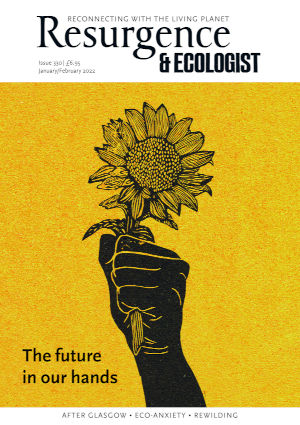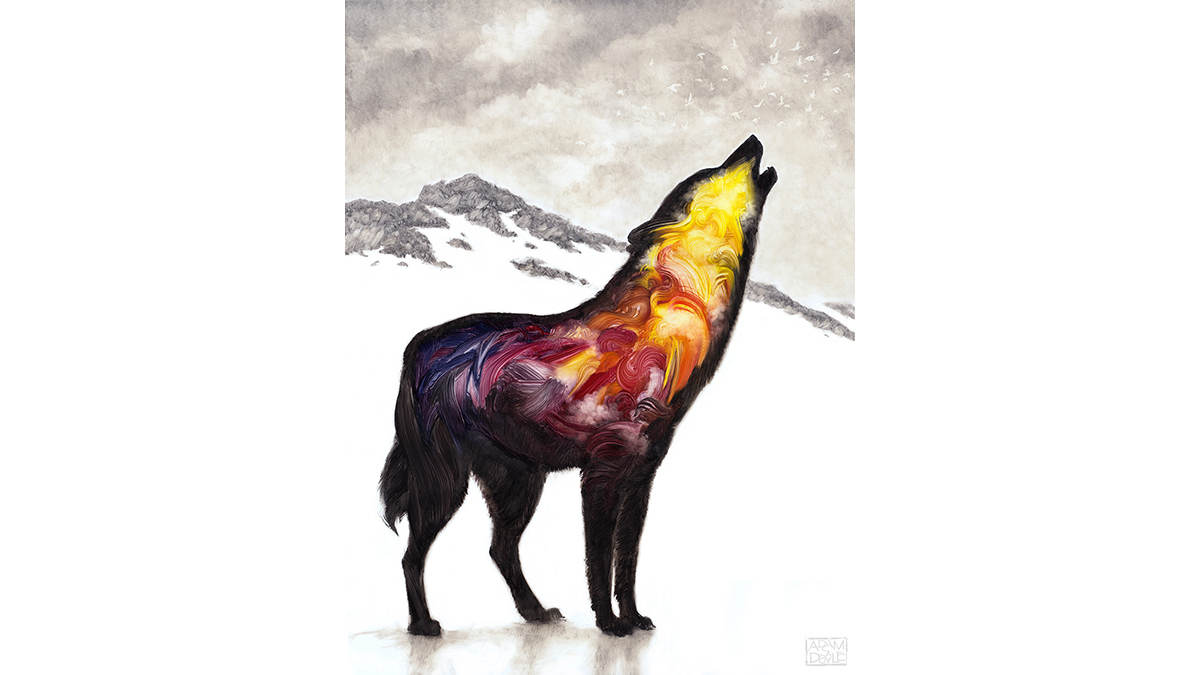Recently the rewilding movement has begun shifting away from the ‘cores, corridors and carnivores’ philosophy on which the American rewilding movement was founded, looking instead for ways to promote wildness on a variety of scales and in a variety of settings beyond the wilderness realm. Rewilding organisations are anxious to allay public concerns about potential conflicts with large, toothy predators, while also reassuring communities – especially in the Scottish Highlands – that rewilding does not necessarily mean de-peopling.
In truth, rewilding has long been a plastic term, with even professional ecologists unable to agree precisely what it might mean. This malleability has undoubtedly contributed to the phrase’s popularity, with its multi-interpretability and occasional incoherence identified as key qualities in encouraging wider support for rewilding. However, might there be a risk that such a nebulous term might end up meaning nothing at all?
In particular, playing down ambitions to reintroduce large carnivores such as the wolf appears to undermine hopes that parts of Britain might ever again feel authentically wild, or benefit from the restoration of fundamental natural processes dependent on these apex predators. However, while the Scottish Highlands may contain more than enough space and wild prey to support free-ranging wolves, nobody should imagine that, after such a long absence, the reintroduction of the wolf would be straightforward.
For a start, reintroducing wolves into a landscape with so many unguarded domestic animals – Britain supports more sheep than anywhere else in Europe – would appear to be asking for trouble. And, of course, wolves would have to be actively reintroduced, requiring political will, public buy-in, and a certain amount of boldness from environmental groups, none of which yet exists. Meanwhile, in other places around Europe, naturally dispersing wolves continue to provoke mixed emotions, celebrated by wildlife lovers but often vilified and persecuted by farmers and hunters, resented as much for the cultural changes they threaten as the economic losses they may cause.
Such sentiments become amplified when wolves, long viewed as symbolic totems of wildness, become lightning rods for other contemporary resentments. In an oft-repeated pattern, killing a wolf has come to be viewed as an act of resistance, symbolic of rural defiance against distant authorities, arrogant outsiders and meddling environmentalists who presume to tell people how their land should be managed or how their livelihoods may be earned.
Progress navigating these human dimensions of conflict remains slow. Overcoming such antipathy requires conservationists to be forthright about the risks posed by reintroduced carnivores while simultaneously remaining encouraging regarding the possible benefits. Wolves are large and potentially dangerous predators, but a case for wolves might still be built around the economic potential for wolf tourism, the possibility of conservation payments for people living and working in ‘wolf zones’, and the possibility of premium pricing for ‘predator-friendly’ livestock products. And that is before considering all the possible ecological benefits of restoring an apex predator.
On the other hand, it should be acknowledged that the science supporting the wolf’s role as a catalyst of so-called trophic cascades remains inconclusive, especially in heavily modified, human-dominated landscapes. Some conservationists have even expressed concern that uncritically framing the wolf as an ecological saviour may be setting it up to fail. If we ever hope to successfully reintroduce wolves in Scotland, we must avoid creating false expectations and ensure that the communities who would live alongside them are ready to accept their presence, even if complete consensus may never be possible. We must also have systems in place to mitigate any negative impacts, and where mitigation measures fail, we will need to reconcile ourselves to the option of lethal control.
Ultimately, a wolf is no wilder than a blue tit. But wolves do make a place feel wilder. Wolves threaten to disturb our comfortable lives and challenge our dominion over the natural world. In Feral, George Monbiot admits how his enthusiasm for rewilding derives from “reasons scientific, economic, historic and hygienic, but none of those describe my motivation”. Rather than any predictable or quantifiable benefit, what really motivates him, and what continues to motivate so many others, is the thrilling capacity of wild animals – and especially wild predators – to enchant and surprise us.
It is undoubtedly inappropriate to talk about reintroducing wolves to Britain at any time soon, especially when a focus on wolves threatens to entrench opposition to other forms of rewilding. But we should pause before repudiating the possibility of wolves altogether, however challenging they may be. Wolves inspire hatred and love, excitement and fear, but never apathy. Never that. Wolves, perhaps more than any other animal, have the capacity to provoke and inspire, to grab the attention and generate interest in a wildness that, for many, seems sorely missing from our intricately managed and carefully manicured landscapes. And if it can be agreed that rewilding means any one thing, it should surely be that.
We will be discussing this article at the Resurgence Readers’ group meeting on 24 January 2022 and asking, “Where next for rewilding?” More information.







